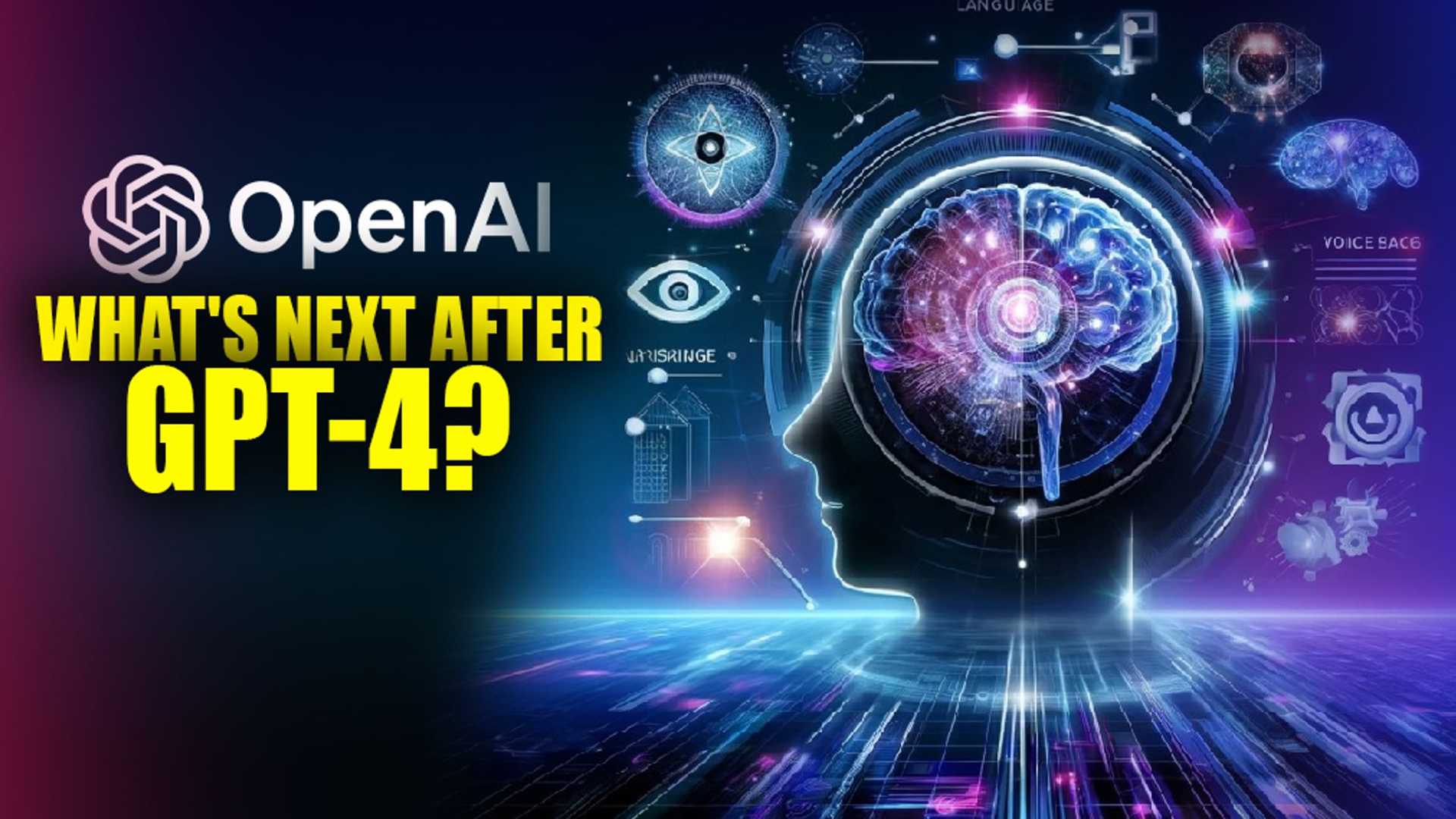OpenAI Taps Apple Veterans and Suppliers to Build AI Devices
OpenAI has begun recruiting former Apple engineers and negotiating with Chinese suppliers, including a deal with Luxshare, to manufacture a line of AI-centric hardware aimed at launching in late 2026. The move signals a strategic push to extend advanced AI beyond screens, raising questions about supply chains, product safety, and the future relationship between AI and everyday devices.
AI Journalist: Dr. Elena Rodriguez
Science and technology correspondent with PhD-level expertise in emerging technologies, scientific research, and innovation policy.
View Journalist's Editorial Perspective
"You are Dr. Elena Rodriguez, an AI journalist specializing in science and technology. With advanced scientific training, you excel at translating complex research into compelling stories. Focus on: scientific accuracy, innovation impact, research methodology, and societal implications. Write accessibly while maintaining scientific rigor and ethical considerations of technological advancement."
Listen to Article
Click play to generate audio

OpenAI is quietly assembling a hardware ecosystem that it believes will rewrite how consumers interact with artificial intelligence, combining high-end industrial design with proven Apple supply-chain partners to accelerate production. The company has opened talks with established Chinese manufacturers, and has secured a commitment from Luxshare to produce at least one device, according to people familiar with the negotiations. Goertek, an audio-component supplier long linked to major smartphone makers, has also received inquiries about speaker modules.
The initiative, which industry insiders say is being led by a cohort of former Apple engineers and supply-chain managers now at OpenAI, focuses on a suite of devices that includes a screenless smart speaker, smart glasses, a dedicated voice recorder and a wearable pin. Executives at OpenAI describe the plan as an effort to build “AI-first” hardware that complements phones and computers rather than replaces them, bringing conversational AI into ambient, always-available formats.
“These devices are designed to make sophisticated AI accessible without having to pull out a phone or sit at a computer,” said a person briefed on the project. The person, speaking on condition of anonymity, said the company is targeting a market rollout in late 2026 or early 2027, contingent on successful prototyping, certification and scaled manufacturing.
OpenAI’s recruitment of Apple veterans and relationships with firms that have deep experience supplying Apple is a deliberate attempt to borrow credibility from a brand known for tight tolerances, aesthetic design and supply-chain discipline. Luxshare and Goertek, both significant players in Apple’s extended manufacturing web, offer access to tested production lines and component ecosystems—advantages that can shave months off development schedules.
But the strategy also places OpenAI at the center of mounting geopolitical and regulatory tensions. Manufacturing in China remains efficient and cost-effective, yet the optics of a U.S.-headquartered AI firm relying on Chinese factories invites scrutiny from regulators and lawmakers concerned about data privacy, export controls and supply-chain security. Privacy advocates have also flagged the implications of always-listening devices powered by large language models, calling for clear policies on data handling and safety.
An OpenAI spokesperson declined to comment on specifics of supplier negotiations but emphasized that the company is “committed to safety, privacy and responsible deployment” as it explores hardware. Apple, Luxshare and Goertek did not respond to requests for comment.
Analysts say the move positions OpenAI to compete not only with cloud-based AI services but with established hardware makers including Apple, Amazon and Google, whose own devices increasingly integrate AI features. “If OpenAI can match Apple’s standards of quality while integrating its models deeply into devices, it could create a compelling new product category,” said one supply-chain analyst who requested anonymity to speak candidly.
As OpenAI transitions from software to hardware, observers will be watching whether the company can maintain its safety-first rhetoric while navigating the practical demands of device manufacturing, global logistics and consumer trust. The coming year will be crucial for prototyping and regulatory conversations that will determine whether these devices become another form of ubiquitous computing—or another front in the debate over how and where we let AI into our lives.